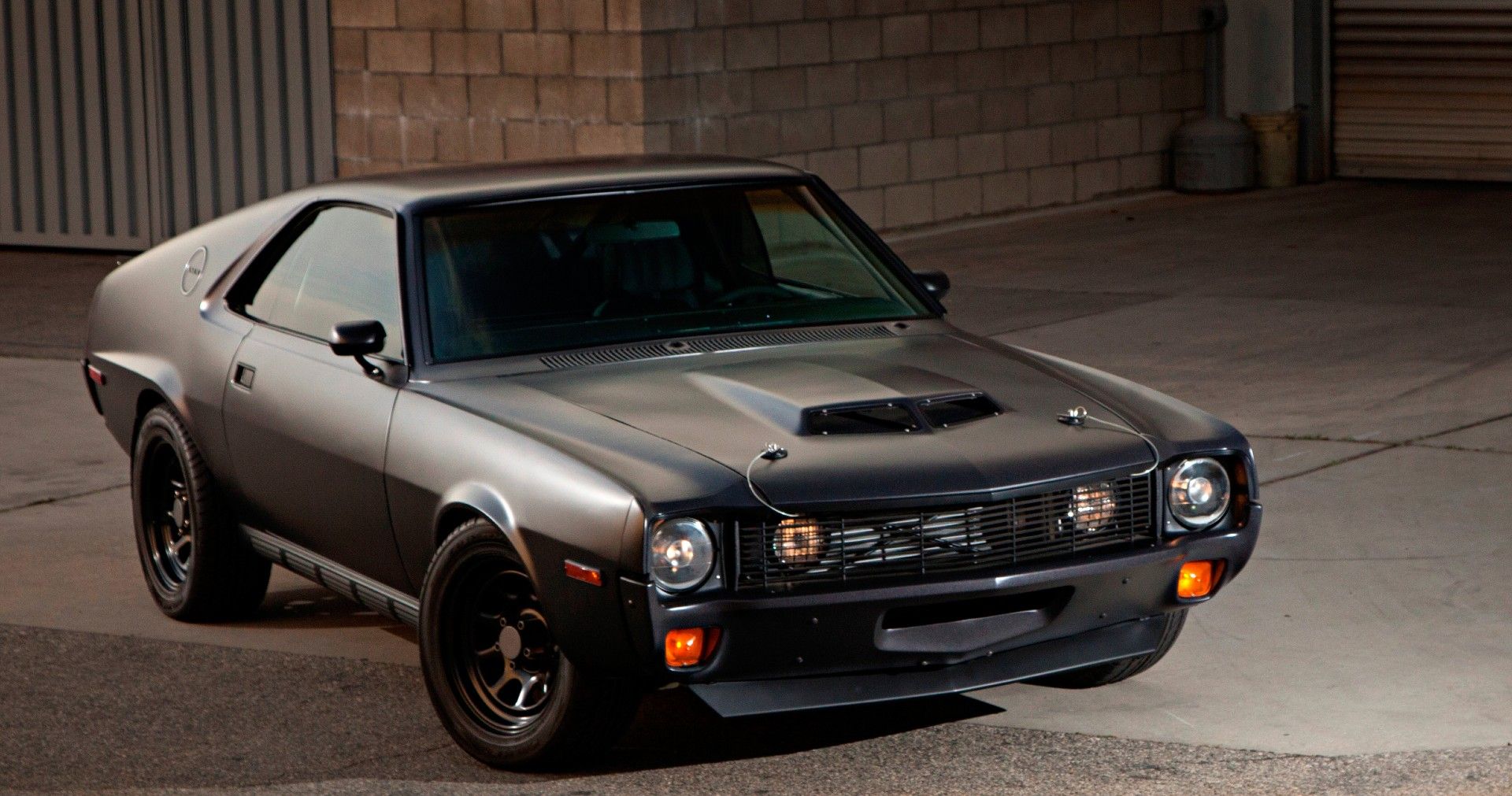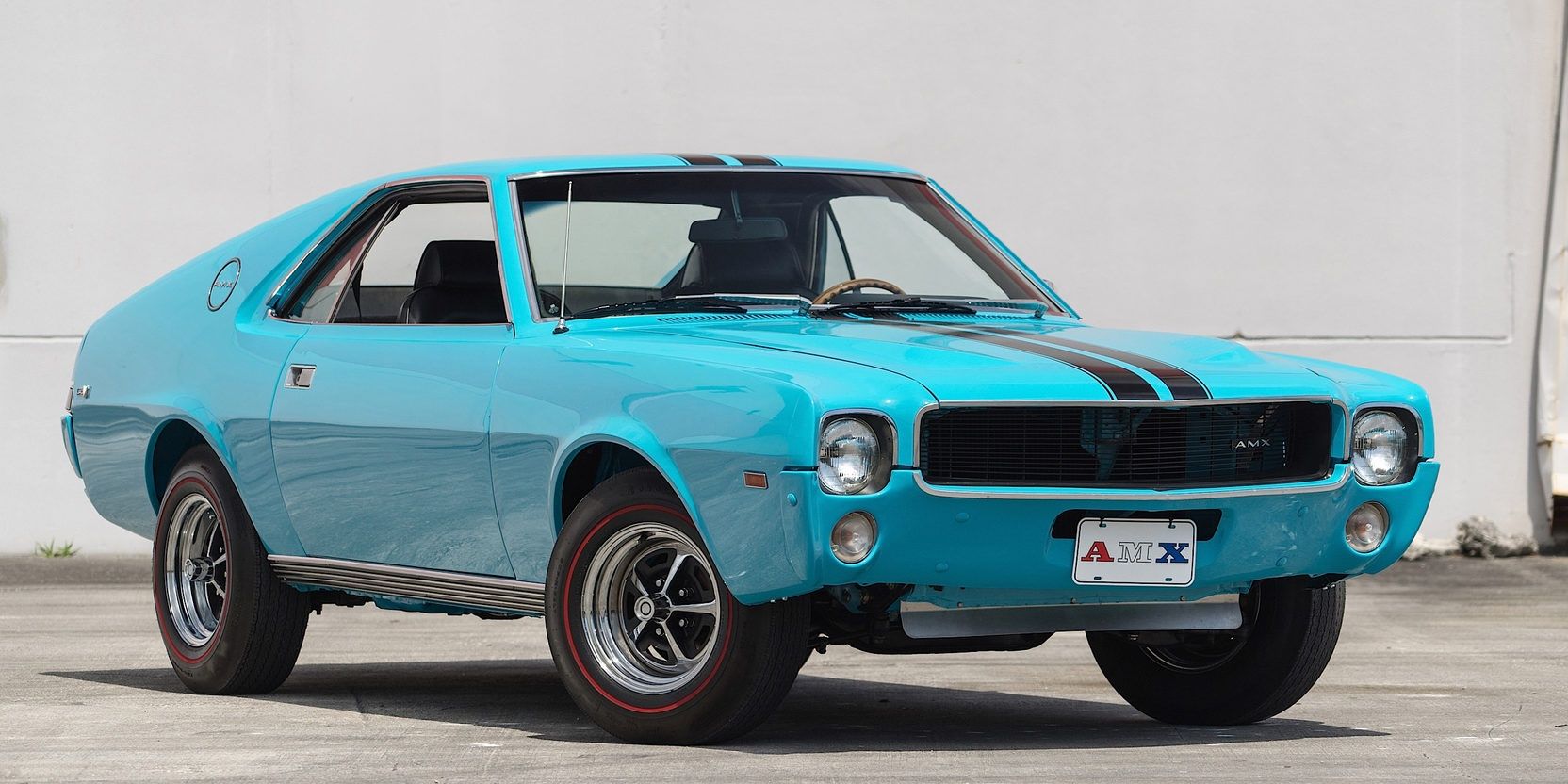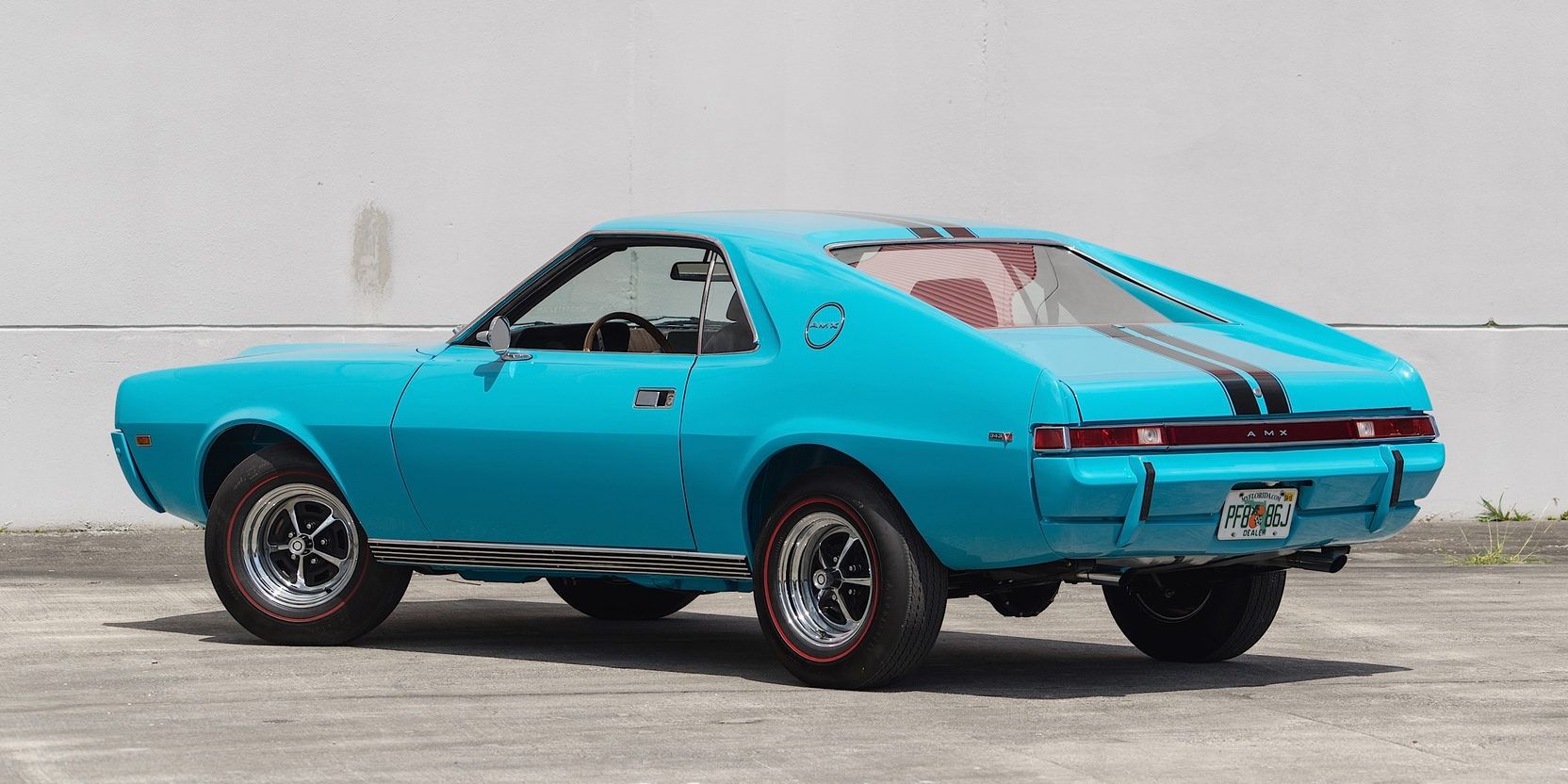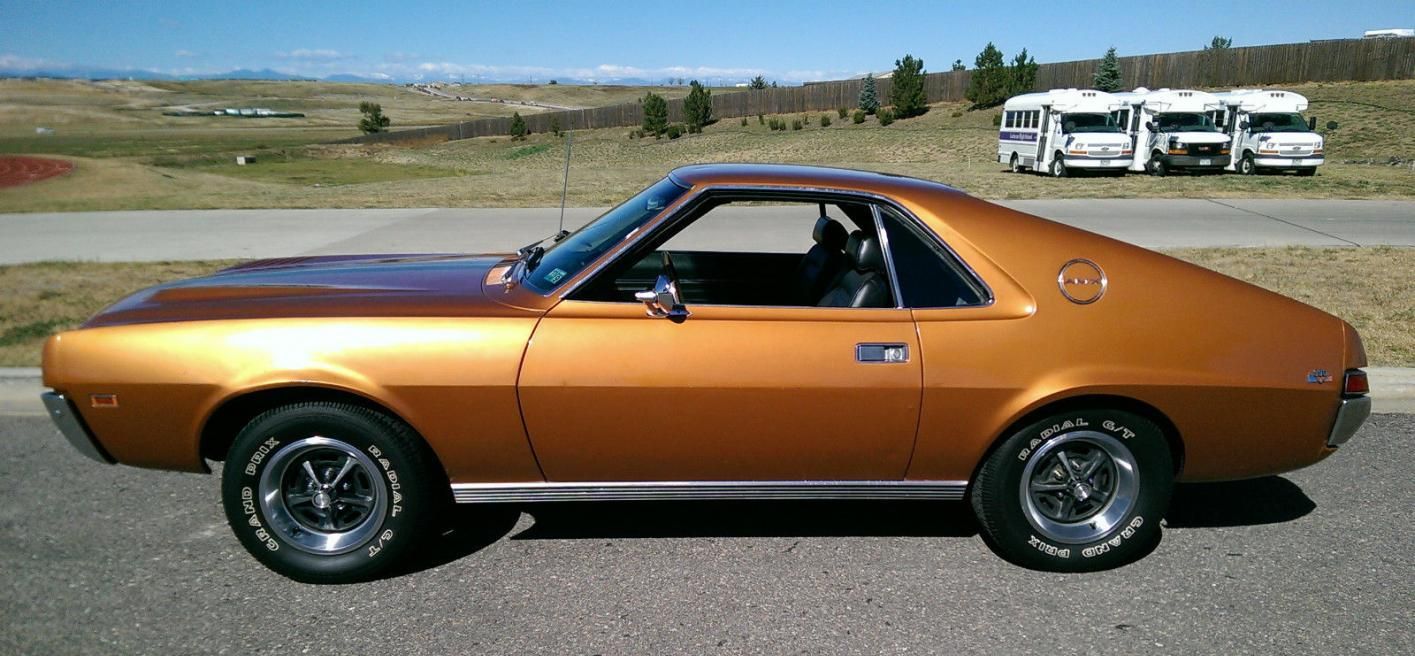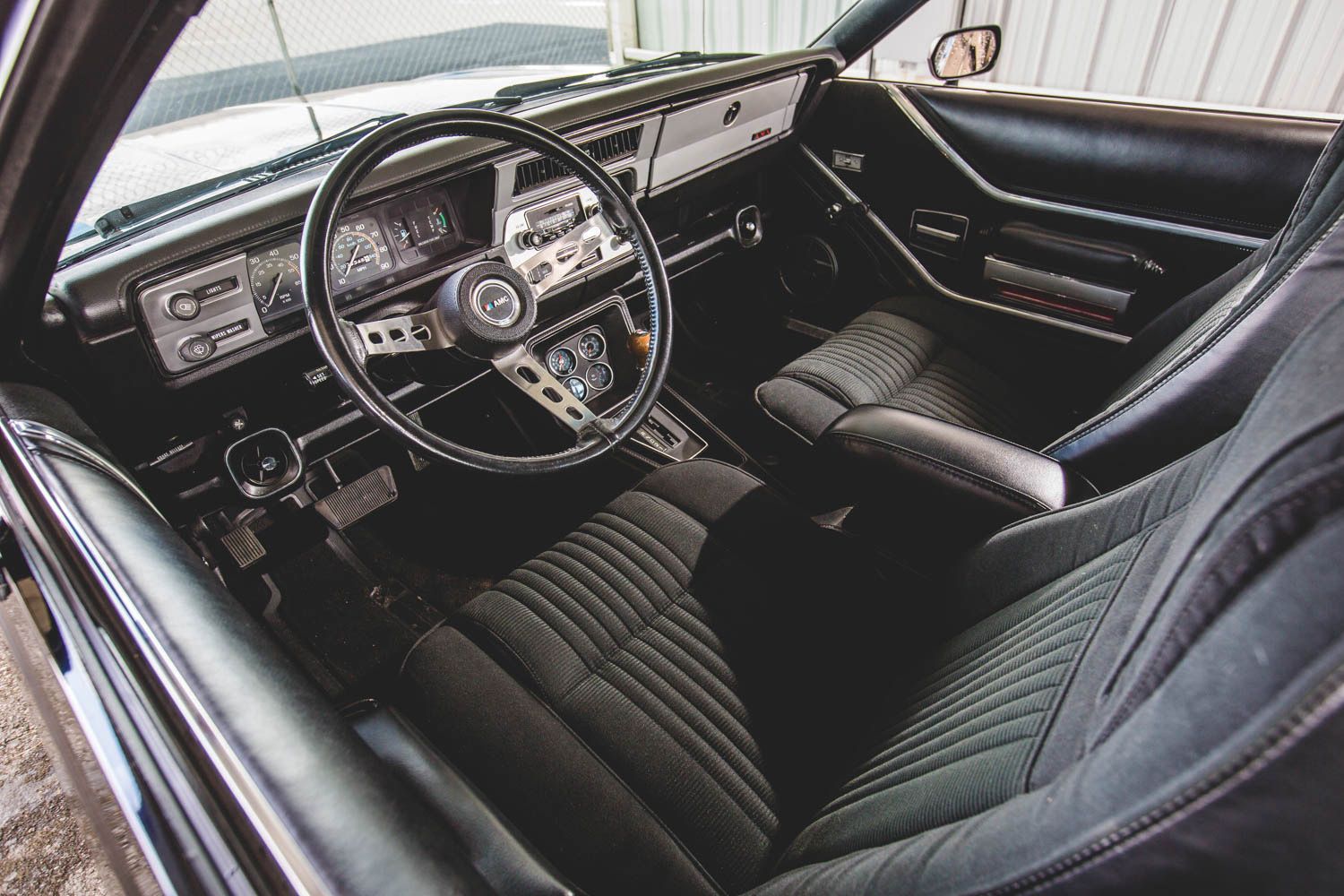Most will agree the golden age of muscle cars was the 60s, every manufacturer had at least a couple offerings and almost all of them had a following of some sort.
This was a period in history when most people had disposable income, cars were relatively affordable and gas was cheap (nobody seemed to actually realize just how much pollution these cars produced either). With so many options out there, little wonder some cars got forgotten along the way, one such example was the AMC AMX. With a very short production life of only 3 years, they were only able to make 19000 examples of these unusual muscle cars and are now highly collectible. By comparison Ford sold more Mustangs at its launch event.
A Two-Seater Muscle Car
For most any muscle car simply needs to have at least four seats, American Motors clearly didn’t agree. It is not a sports car, had no desire to be one and for the most part carries over all the basic components over from their Javelin sedan, even the engine options!
It was clearly a car developed for a period when demand for muscle cars was at an all time high, offering yet another option to the droves of customers all the manufacturers had lining up for anything with a V8 in it. It is for this reason the AMX was overlooked consistently in its very short lifespan, with most people choosing the equally powerful Javelin (an incredible muscle car in its own right) or turning to the more established American car brands. What makes the AMX different is just how blatantly impractical it is, it is very much a personal muscle car for singles or young couples who have a thing for earthmoving power in their two-seater. Sacrificing the extra seats allow the designers to take over and calve smooth flowing lines that give it both style and presence.
Astonishing Performance Models
One of the more brilliant cost-cutting measures that AMC took was to use the same block for all their engine options, simply changing up the internals to get the different sizes and power figures.
This meant that the 390 was as light as a 290, and could produce over 300 horsepower. It made for a really fun drivers’ car, especially the four-speed manual variant which was their best seller over the three-year production period (accounting for over 7000 of the total 19000 cars sold). If this wasn’t enough muscle for you, you could drop an extra $2000 (around $10000 in today’s money) on the AMX Super Stock, which essentially amounted to an old school drag-pack. Compression was increased and twin Holley carbs were fitted amongst other performance tweaks that got the power up to a claimed 340 horsepower. In this case that claimed figure was a huge understatement, unlike modern manufacturers who often over-reach the opposite was true here, as the car was easily capable of over 400 horsepower.
Another Victim Of The Malaise Era
Already by 1970, the writing was on the wall; AMC was already struggling and as strict changes to emissions laws loomed large their bet on more power seemed like a really bad decision.
Although the car got a face-lift for this, what would turn out to be the last model year it arguably made a very handsome car a little uglier. It also sold the least cars in 1970, pretty much sealing its fate even though they had invested a lot in the coupe. From 1971 onwards the AMX badge would only be seen on the back of other cars, denoting a sport level spec for AMC cars. It was a very short run for a car that was by all rights one of the best muscle cars of the era, it was an understandable decision when you look at the numbers though, the Javelin was their bread and butter, they couldn’t possibly keep producing both models with the waning demand for performance cars.
Summary
The AMX was one of the best muscle cars ever produced, it was just an unfortunate casualty during a difficult time in automotive history.
In its brief existence it broke the mold of what was long respected as the muscle car standard, it incorporated big power in a relatively light body and still included a wide variety of customer-focused options. It has flown under the radar for decades, with only a select group of people seeing its historical significance and incredible value. Now, with dwindling numbers, its sheer rarity has seen a massive spike in value with collectors willing to pay a mint for cars in good shape.

